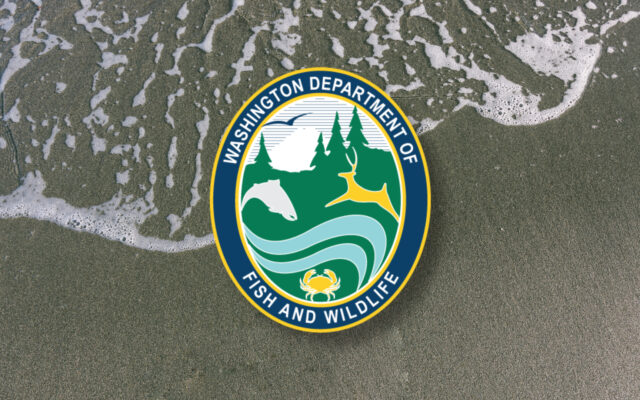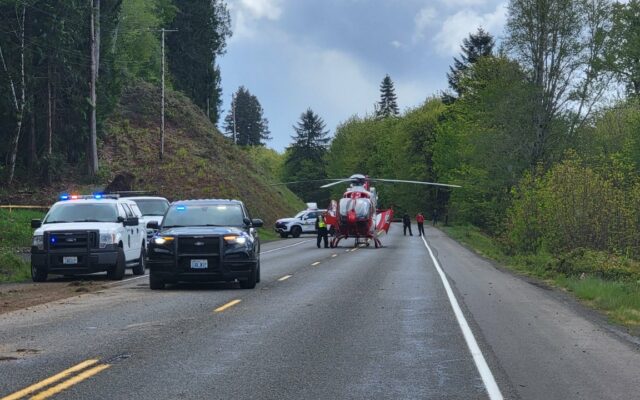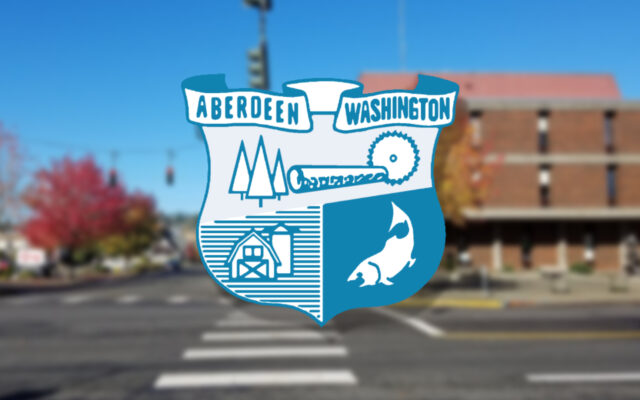Razor clam digging resumes on April 23; some beach areas open to traffic for digs

Seven days of razor clam digging return to the coast starting on Tuesday, April 23 following approval from coastal shellfish managers.
“Another seven days of razor clam digging to round out the month of April,” said Bryce Blumenthal, a WDFW coastal shellfish biologist. “As a reminder, some areas of coastal beaches are usually closed to beach driving this time of year, but they are open during razor clam digging hours.”
Not all coastal beaches are open for every dig, so diggers are encouraged to make sure their intended destination is open before heading out. Optimal digging occurs between one and two hours before the listed time of low tide.
The following April 23-29 digs will proceed as scheduled, after marine toxin results from the Washington State Department of Health (DOH) showed razor clams are safe to eat. More information about domoic acid, as well as current levels at ocean beaches, can be found on the WDFW’s domoic acid webpage.
Confirmed dates during morning (midnight to noon) low tides:
- April 23, Tuesday, 6:58 a.m.; 0.0 feet; Copalis
- April 24, Wednesday, 7:30 am.; -0.4 feet; Long Beach, Mocrocks
- April 25, Thursday, 8:03 a.m.; -0.6 feet; Long Beach, Twin Harbors, Mocrocks
- April 26, Friday, 8:39 a.m., -0.7 feet; Long Beach, Twin Harbors, Copalis
- April 27, Saturday, 9:19 a.m., -0.7 feet; Long Beach, Twin Harbors, Copalis
- April 28, Sunday, 10:05 a.m., -0.5 feet; Long Beach, Twin Harbors, Mocrocks
- April 29, Monday, 10:58 a.m., 0.3 feet; Long Beach, Mocrocks
Tentative dates during morning (midnight to noon) low tides:
- May 6, Monday, 5:41 a.m.; -0.7 feet; Mocrocks
- May 7, Tuesday, 6:28 a.m.; -1.5 feet; Long Beach, Mocrocks
- May 8, Wednesday, 7:13 a.m.; -2.0 feet; Long Beach, Copalis
- May 9, Thursday, 7:57 a.m.; -2.1 feet; Long Beach, Twin Harbors, Copalis
- May 10, Friday, 8:41 a.m.; -1.9 feet; Long Beach, Twin Harbors, Mocrocks (Long Beach Razor Clam Festival)
- May 11, Saturday, 9:27 a.m.; -1.4 feet; Long Beach, Twin Harbors, Mocrocks (Long Beach Razor Clam Festival)
- May 12, Sunday, 10:16 a.m.; -0.8 feet; Long Beach, Twin Harbors, Copalis
As in past years, WDFW is asking beachgoers to avoid disturbing nesting snowy plovers – a small bird with gray wings and a white breast – by staying out of the dunes and posted areas along the southwest coast. Snowy plover nests are nearly invisible, and it is vital to give birds the space to live and thrive during nesting period, especially along the southern end on Twin Harbors – known as Midway Beach – the north end of Long Beach and the area north of Ocean City on Copalis Beach.
Avoid leaving leftover food or trash – which attracts predators – on the beach and picnic areas, keep pets on a leash, stay out of dunes, and avoid areas which are clearly marked with posted signs. When driving on the beach, please respect the 25 MPH speed limit and enter only at designated access points. Stay on the hard-packed sand near the high tide line to avoid crushing clam beds and snowy plover nests.
Several sections of coastal beaches are closed to driving now through Labor Day, except on days and hours when the recreational razor clam digging is open. These areas are clearly marked with signs.
Shellfish and seafood enthusiasts can also start making plans to attend the Long Beach Razor Clam Festival on May 10-11. This long-running event celebrates the unique contribution of razor clams to Washington’s culture and coastal communities.
On all open beaches, the daily limit is 15 clams per person. Each digger’s clams must be kept in a separate container, and all diggers must keep the first 15 clams they dig, regardless of size or condition, to prevent waste.
Washingtonians must have a valid 2024-2025 recreational hunting and fishing license in order to participate.
Licenses can be purchased from WDFW’s licensing website, and from hundreds of license vendors around the state. All diggers age 15 or older must have an applicable fishing license to harvest razor clams on any beach. Additional razor clam information is available on the WDFW razor clam webpage.



